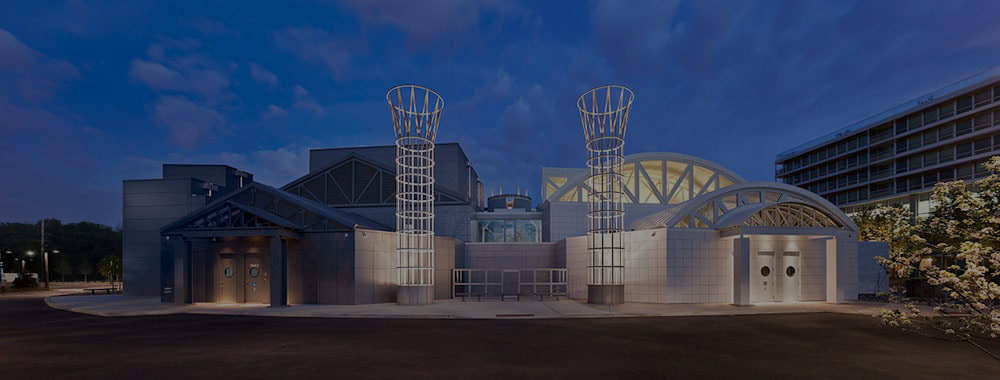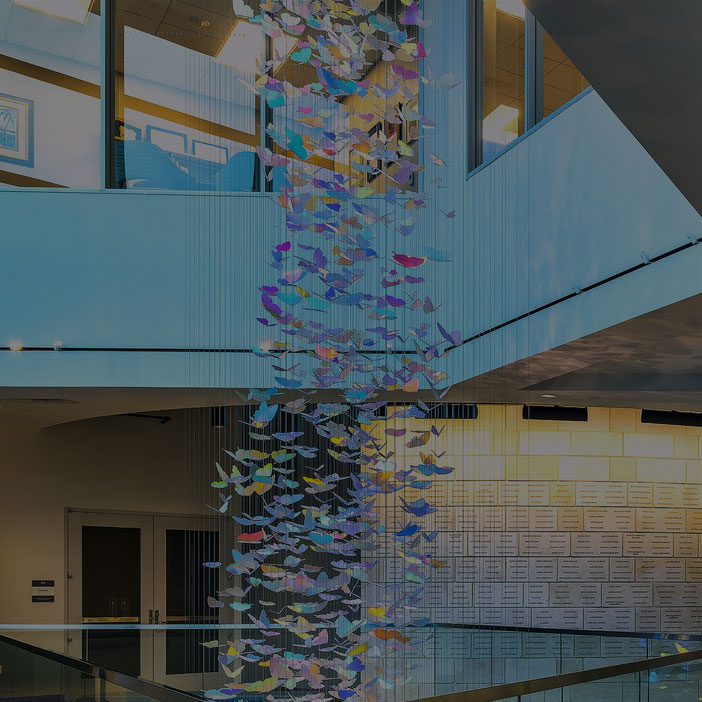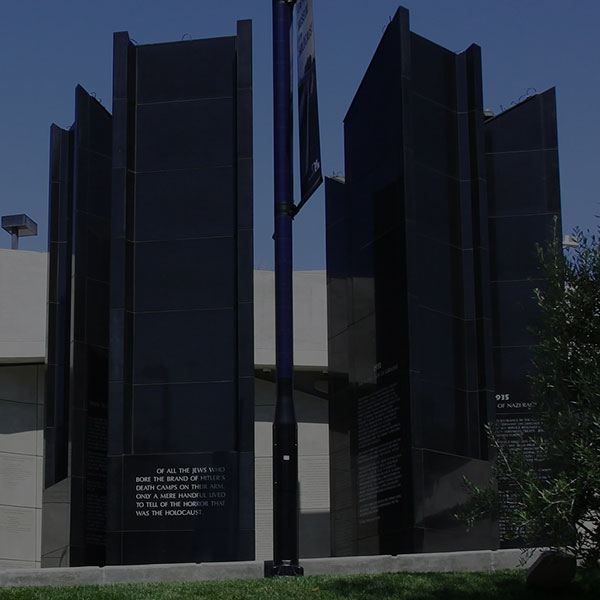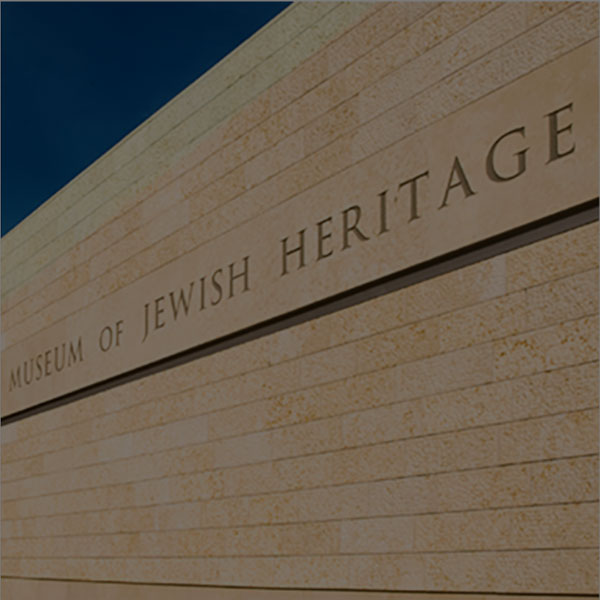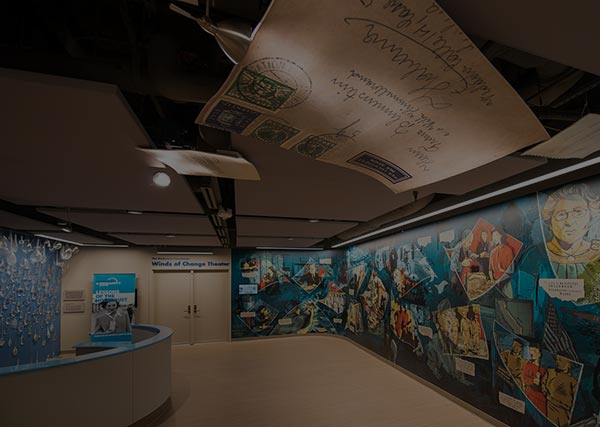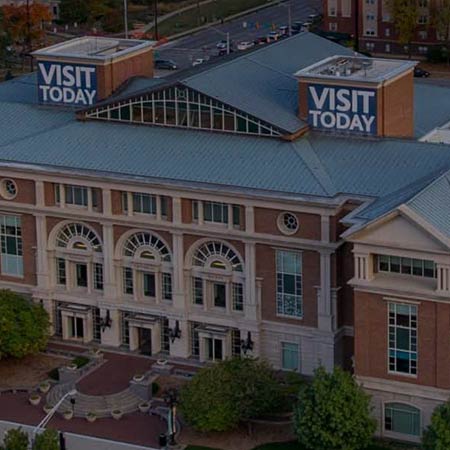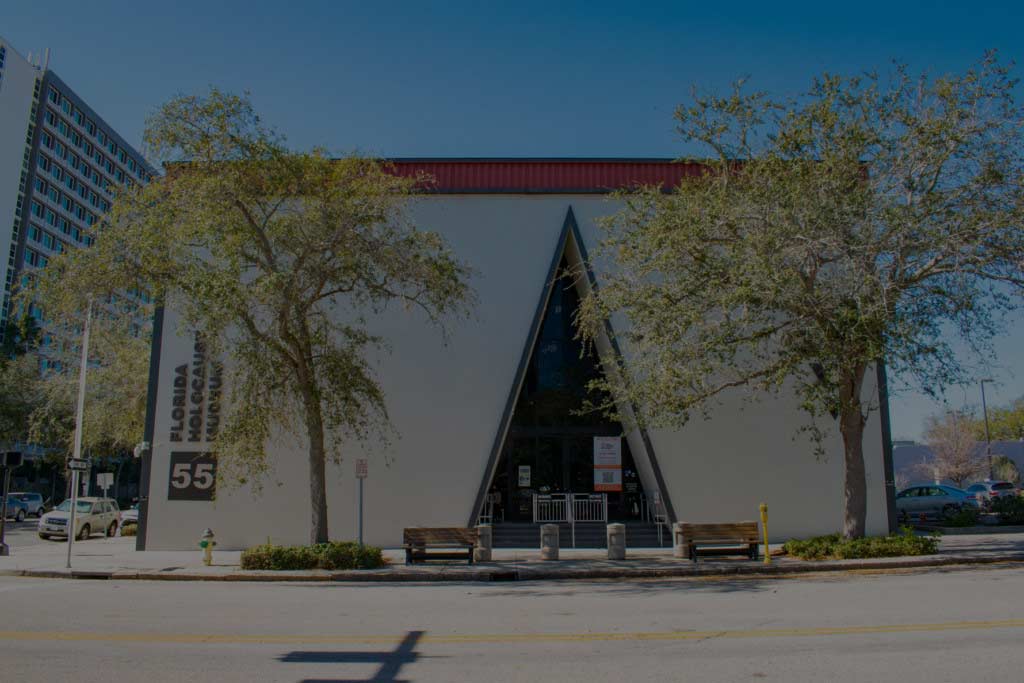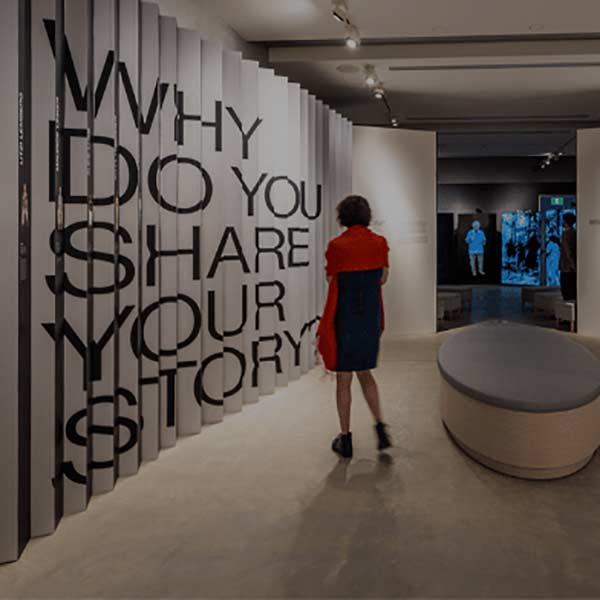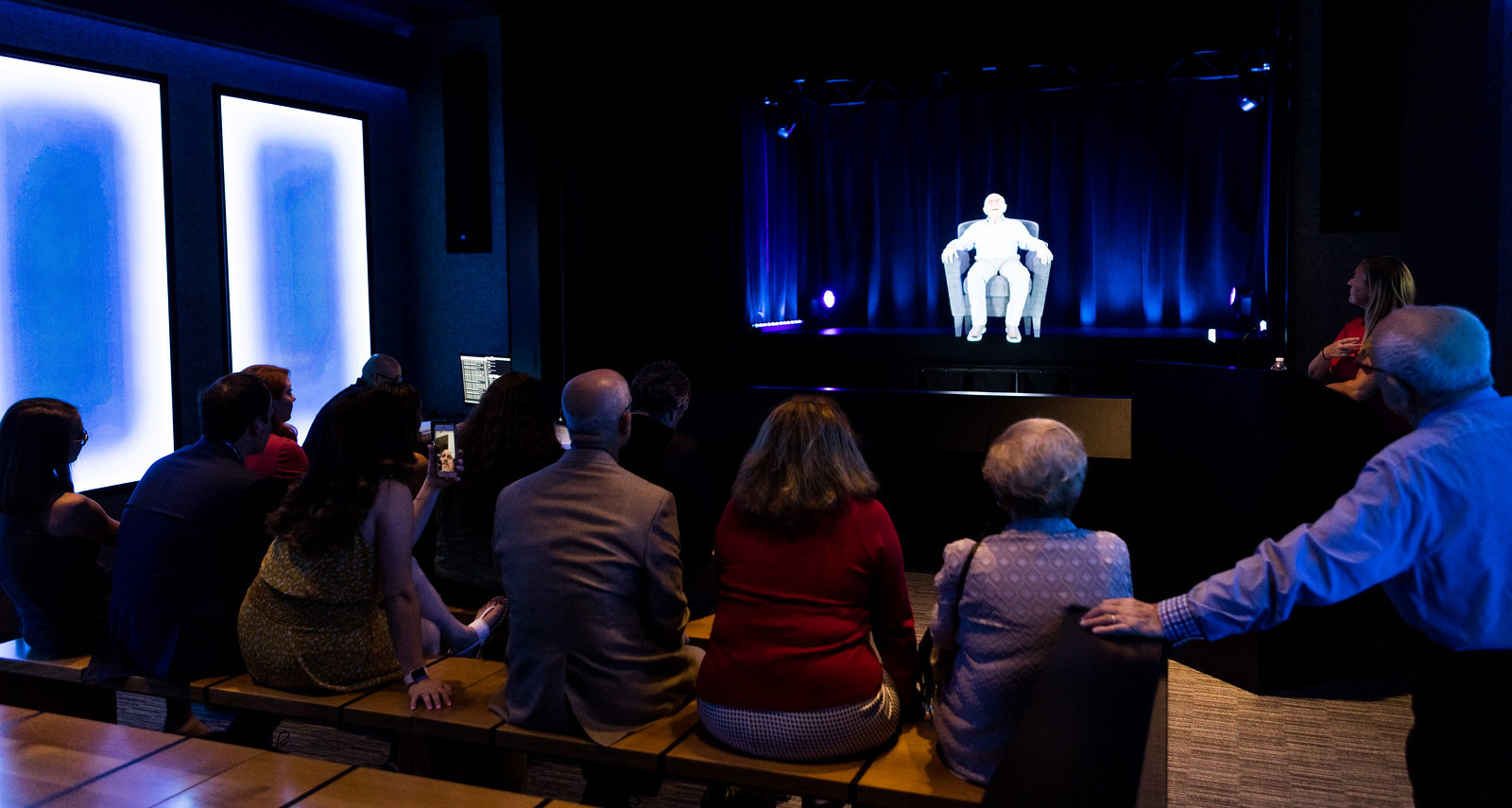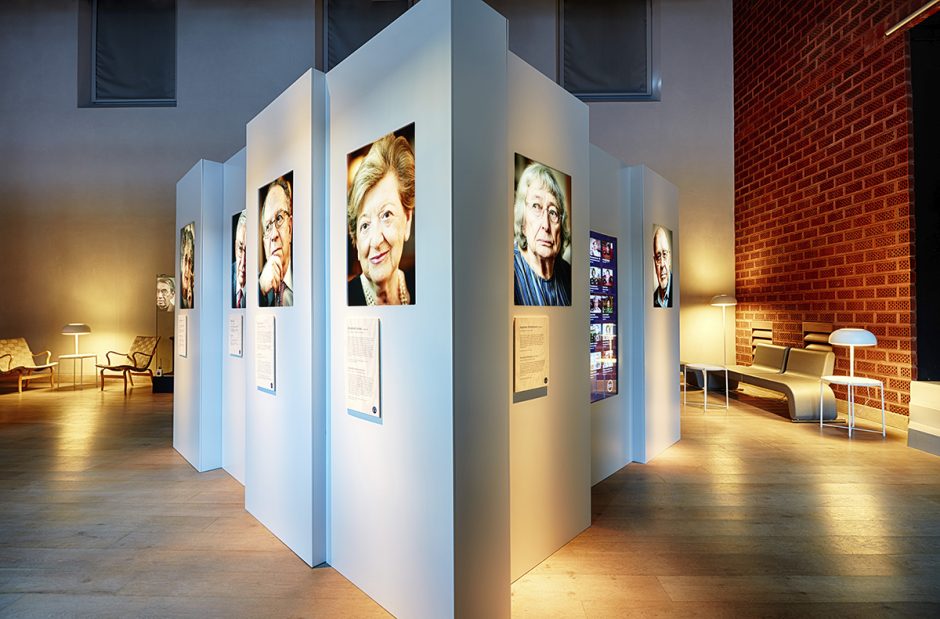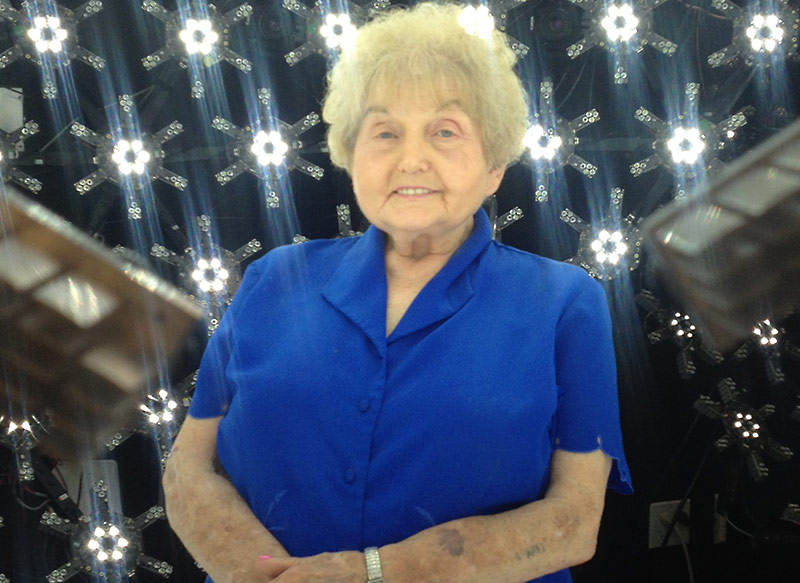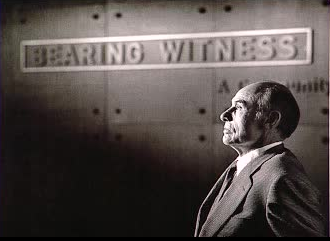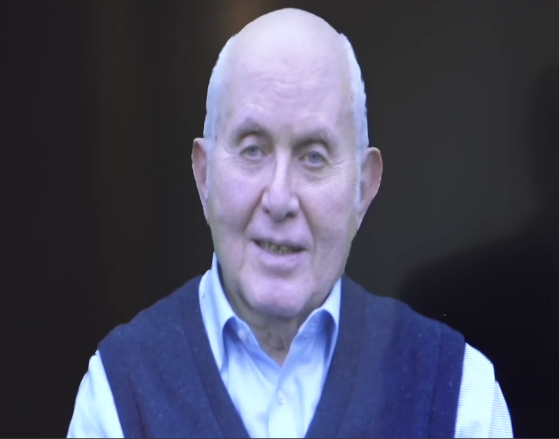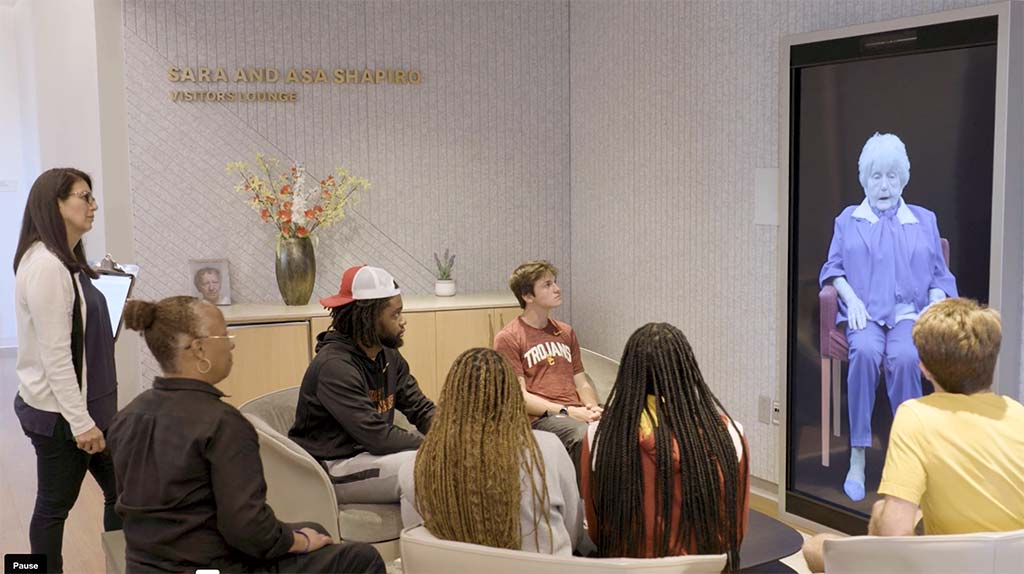
What is Dimensions in Testimony?
USC Shoah Foundation’s Dimensions in Testimony enables people to ask questions that prompt real-time responses from pre-recorded video interviews with Holocaust survivors and other witnesses to genocide. The pioneering project integrates advanced filming techniques, specialized display technologies and next generation natural language processing to create an interactive biography. Now and far into the future, museum-goers, students and others can have conversational interactions with these eyewitnesses to history to learn from those who were there.
Dimensions in Testimony Available in IWitness
Meet Pinchas Gutter
Through Dimensions in Testimony, students and educators can ask questions that prompt real-time responses from a pre-recorded video of Pinchas—engaging in virtual conversation, redefining inquiry-based education.
Integration in IWitness is made possible through the generous support of The Snider Foundation.
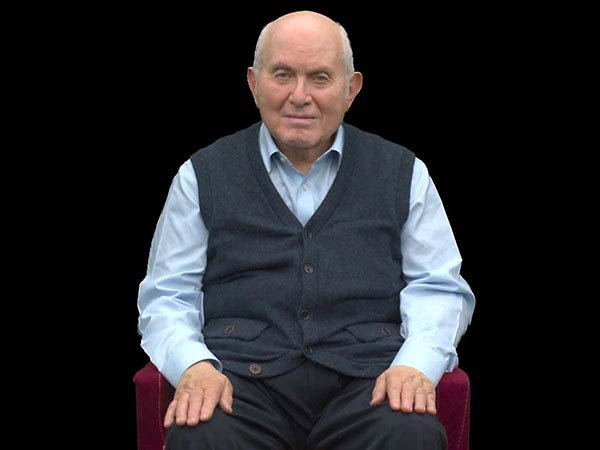
Where you can see Dimensions in Testimony in action
Dimensions in Testimony Exhibits and Programs. Please check museums for possible closures during this time.
The Interviewees
Representing a range of experiences and languages
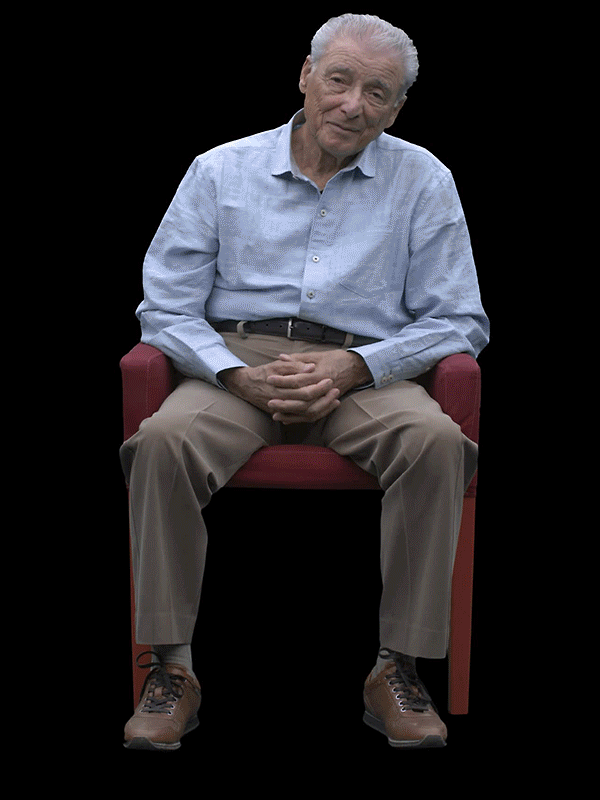
Related Articles
Dimensions in Testimony in the Press
Steven Spielberg on Storytelling’s Power to Fight Hate, New York Times
Shoah Foundation is using technology to preserve Holocaust survivor stories, CNN
Are Holograms the Future of How We Capture Memories?, The Verge
A Nanjing Massacre survivor’s story lives on digitally, Engadget
The Remembering Machine, New York Times
For Holocaust survivor Max Glauben, the opening of Dallas' new museum means, 'Now I have my closure," Dallas Morning News
Dimensions in Testimony was developed in association with Illinois Holocaust Museum and Education Center, with technology by USC Institute for Creative Technologies, and concept by Conscience Display. Funding for Dimensions in Testimony was provided in part by Pears Foundation, Louis. F. Smith, Melinda Goldrich and Andrea Cayton/Goldrich Family Foundation in honor of Jona Goldrich, Illinois Holocaust Museum and Education Center, and Genesis Philanthropy Group (R.A.). Other partners include CANDLES Holocaust Museum and Education Center.
